1713904359-0/burn-(1)1713904359-0.jpg)
While people suffering a minor burn from a searing cooking pot might alleviate their pain at home with ice water or honey, those injured during a serious fire breakout, electric spark or chemical spillover require immediate first-aid treatment at a specialized burns center however, as a severe shortage of burns facilities continues to plague the public healthcare sector in Sindh, many low-income burn victims will have no hope of escaping a slow, agonizing death.
Despite Sindh being home to a population of more than 57.5 million people, only one burns center located at the Civil Hospital in Karachi is available for treating burn injuries. The 66 bed burns facility, which was established in 2005, continues to be the sole respite for low-income burns victims, who have no other hospital to turn to besides the costly private health centers.
For instance, Shahrukh Ali, a motorbike mechanic from Liaquatabad, shared with horror his recent experience with a fire emergency at home, which weighed heavily on his pockets in the absence of adequate public burns centers. "One night, my wife forgot to turn off the gas in the kitchen.
The next morning when she woke up to prepare breakfast for the kids, as soon as she lit a match at the stove, she was fenced in flames. 30 per cent of her body was burnt and her weeklong treatment at a private hospital cost me over Rs0.4 million, excluding the additional charges on medicines and dressings. Even after selling all my wife's jewelry, I am still in debt of Rs0.2 million," regretted Ali, who is still trying to arrange money for his wife's skin grafting procedure.
Similarly, Danish, an electrician, sustained severe burn injuries due to a short circuit during his routine shift at a client's house. "My mouth, limbs and other frontal body parts were badly burned during the explosion. At first, I was taken to the Burns Center at the Civil Hospital, but later on I was shifted to a private clinic," revealed Danish, who had to pay Rs3000 each day for his bandages.
Likewise, Imran Ali, a cameraman associated with a journalistic organization, recalled his tragic encounter with a fuel tank explosion during his coverage of the Tin Hatti protests. "Angry protestors had set a bus on fire. Since I was very close to the bus, as soon as it exploded, I was engulfed in flames. 45 per cent of my body, including my hair, facial tissues, limbs and chest, was burnt and my clothes had become enmeshed in my wounds. I was admitted to the Burns Center at the Civil Hospital for a few days, after which my family shifted me to a private hospital, where I was under treatment for two months," said Ali.
According to Dr Ahmaral Ubran, a plastic surgeon and former in-charge of the Civil Hospital Burns Center, three types of burn patients are brought to different hospitals across the country, out which 50 per cent are injured in a fire, 30 per cent are electrocuted, while the remaining 20 per cent are burnt in chemicals spillovers. "Up to 100 patients require burns treatment in Karachi every day, out of which 30 per cent require surgery," claimed Dr Ubran.
"Considering the number of patients, the treatment facilities for fire-affected patients in Karachi are negligible. Till date, only the Civil Hospital in Karachi has a burns center yet not even a single bed has been added to this unit in over 20 years. Moreover only 50 plastic surgeons are available in Karachi, while the majority of other areas in Sindh have no burn specialists," disclosed Dr Ashraf Ghanatra, a plastic surgeon and former Head of the Civil Hospital Burns Center.
"It is unfortunate that the industrial capital of the country continues to suffer from a dearth of burns treatment facilities. Despite the tragic Baldia factory and Gadani ship breaking yard incidents, which claimed the lives of hundreds of people, the federal, Sindh and Balochistan governments have not learned their lesson. Even today there are no burns hospitals in Sindh and Balochistan," vented Nasir Mansoor, General Secretary of the National Trade Union, who implored the government to construct a 30 bed burns ward in all public hospitals.
Speaking to the Express Tribune on the matter, Dr Khalid Bukhari, Medical Superintendent at the Civil Hospital said, "22 doctors and 66 paramedical staff are currently deployed at the Burns Center. 5,284 burn patients were admitted at the center during the last five years, out of which 194 patients died."
On a concluding note, officials from the Health Department claim that the Sindh government will soon take measures to increase the number of burn treatment facilities in the province.













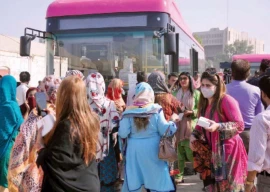

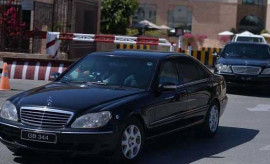
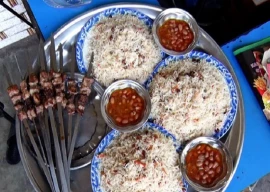












1714819959-0/Untitled-design-(21)1714819959-0-270x192.webp)
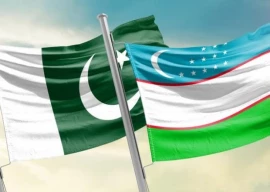

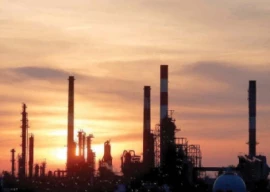






COMMENTS
Comments are moderated and generally will be posted if they are on-topic and not abusive.
For more information, please see our Comments FAQ